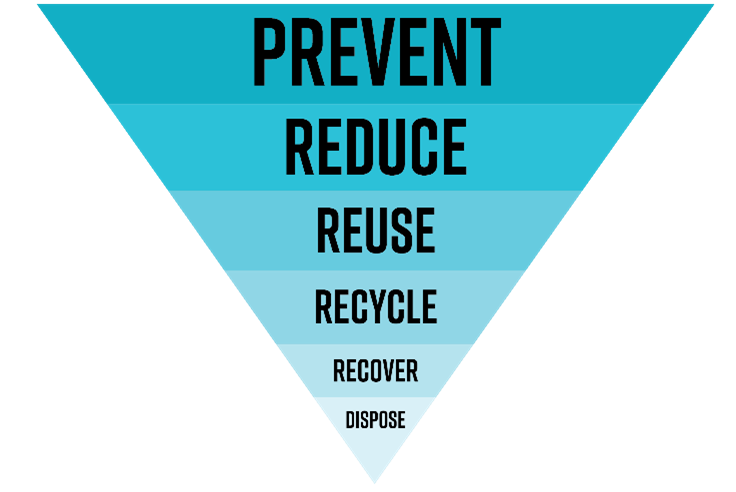Plastic Free Oceans TEP4854 - EiT
Plastic Free Oceans
Making plastics more circular – and saving the environment
Clearly, we must reduce the flow of plastic into the oceans, retrieve what’s already there, and recycle used plastics into valuable raw materials! But how? By whom? And who will pay for the effort?
Plastic waste and plastic debris have already reached all the world's oceans, fueled by many million additional pieces of plastic pollution entering the seven seas every day. Macroplastics cause entanglement and starvation by clogging the digestive tracts of animals and birds; microplastics are ingested by smaller marine life and are passed up the food chain; while nanoplastics can penetrate barriers in the intestines and migrate into mussels and brain tissue.
Relevant competency
Students from all backgrounds are welcome to join this village – provided they are motivated to engage in exploring how we use and dispose of plastic products in a more circular economy. Envisioning sustainable solutions and exploring new opportunities require insights from every discipline!
About this village
|
Waste = valuable resources gone astray. |
 |
Industry partners
Aquaculture is a large export industry in Norway, currently operating around 5500 floating collars with nets around the country. A fish farm with 8-10 such cages and associated equipment typically employs 300 tons of plastic. Consequently, this industry generates between 16,000 and 29,000 tons of plastic waste every year.

The SirkAQ project (2023-2025) promotes the transition from linear to circular economy in aquaculture – by establishing and implementing sustainable circular value chains for plastics from discarded equipment through reuse, repair, lifetime extension, and the use of recycled materials in new products. Important topics in the six work packages include eco-design of new products, digital solutions for environmental reporting and traceability throughout the value chain. The objective is to optimize resource usage as well as to reduce aquaculture’s environmental and climate footprint – aiming towards “zero plastic waste by 2030.”
ScaleAQ coordinates the project and will provide insights and inspirations to students in this village during a field trip to Hitra and Frøya on 29 January 2025.
Learning environment
All lectures, presentations, excursions, and team discussions will be in English. The overall aim of this village is to inspire and equip future leaders to (i) reduce plastic waste, (ii) explore new opportunities in a more circular plastic economy, and (iii) expand the relevant knowledge base.
Partners in SirkAQ and other companies committed to circular plastics intend to offer internships and summer jobs for students, thereby proving opportunities for an effective starting point for subsequent project work and master theses at NTNU.
Assessment
In this village, the final work consists of an oral presentation of the project and a written process report, which count for 50% each. All EiT villages have the same assessment criteria, which can be found in the document "Formal framework in Experts in Teamwork - a guide for students and teaching staff".
Facts
- Course code: TEP4854
- Village title: Plastic Free Oceans
- Type: Semester-based
- Language: English
- Village supervisors: Karl Klingsheim
- Contact information: Karl Klingsheim
- Semester: Spring 2025
- Host faculty: IV
Location: Trondheim
